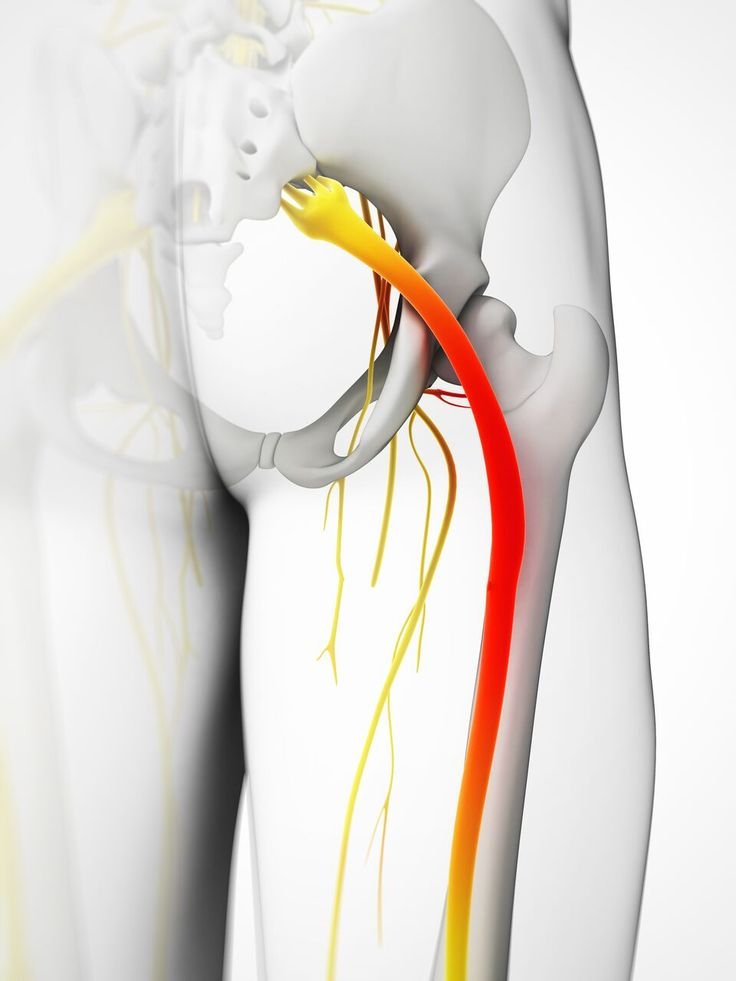Sciatica
Sciatic nerve pain can range from mild, with intermittent flare-ups to chronic and debilitating. While some cases of mild sciatica can resolve on their own in a matter of weeks or months. Those caused by an underlying condition require proactive treatment that addresses sciatic nerve pain as a symptom and its underlying cause.
Sciatica refers to irritation of the sciatic nerve, the longest nerve in your body. This nerve has a strong effect on your ability to move and feel your legs.
If you have sciatica, you may experience discomfort, pain, tingling, burning, weakness or numbness anywhere along the course of your sciatic nerve. Sciatica is caused by an underlying injury to your sciatic nerve or a part of your body that affects this nerve, such as the piriformis muscle in your buttocks.


Tips for immediate relief of sciatica pain
If you’re struggling with sciatica right now, here are a few things you can try before you visit a hospital:
Hot or cold therapy – ice and heat can both be helpful when you’re struggling with sciatic pain. This can be applied directly to your back, or to the area of the leg or buttock that is most painful. Heat can soothe and relax tight muscles, while ice can help with inflammation and muscle spasms.
Gentle movement – it’s best to speak to a physiotherapist before starting a programme of home exercises. But you can try slowly and gently stretching your back and legs, stopping any movement that feels like it’s worsening your pain.
Over the counter (OTC) painkillers – OTC pain relief like paracetamol and ibuprofen can provide some relief for mild to moderate sciatica. If you find that OTC medications don’t help your pain at all, speak to your GP who can prescribe alternative pain relief.
